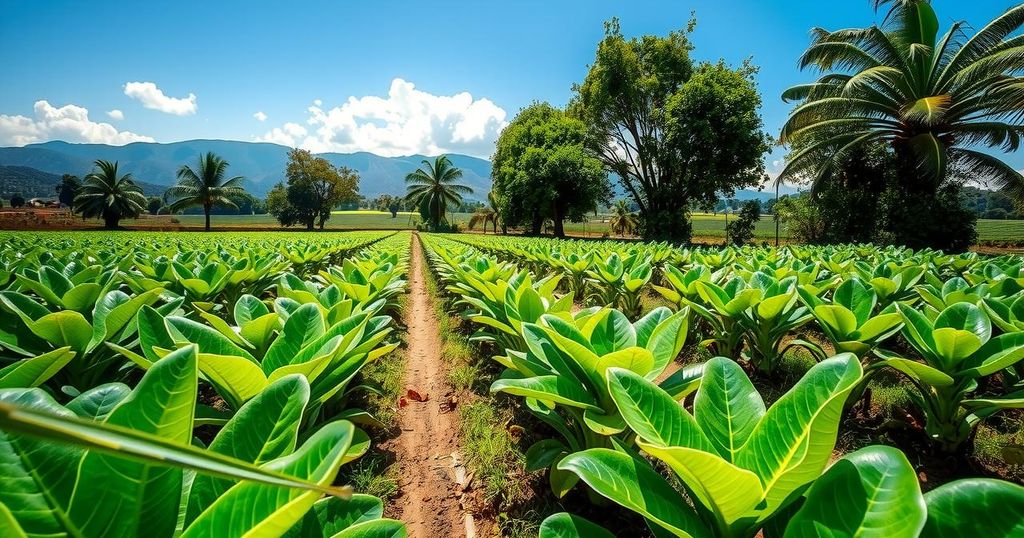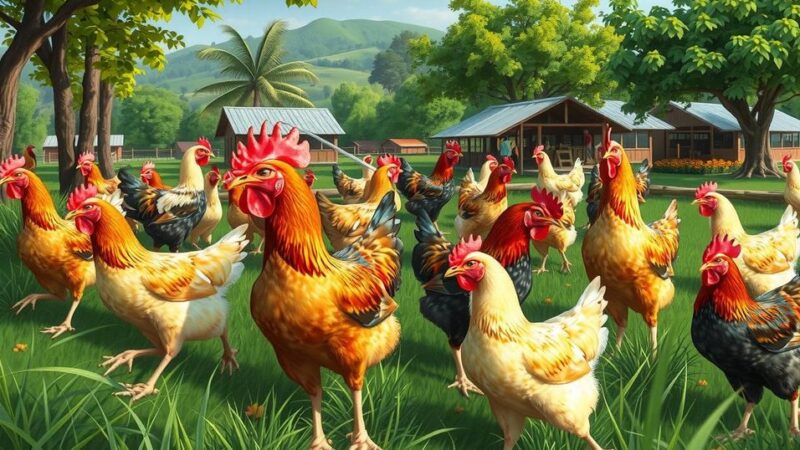Peruvian ginger faces phytosanitary issues and competitive pressures from Brazil, which may influence prices and availability in the market. With a 40 to 50% planned increase in planting area for the year, there is potential for lower prices; however, challenges from the Rastonia bacterium and strict export standards persist, particularly for European markets. Demand remains high, prompting efforts to diversify products and explore new opportunities.
Peruvian ginger faces significant challenges due to phytosanitary issues impacting its international competitiveness. Despite ongoing concerns from competitors, especially Brazil, the expansion of ginger planting is expected to alter market dynamics. The success of this expansion will hinge on how effectively Peruvian producers address these challenges.
In the 2024 season, the market witnessed a shortage of raw materials leading to elevated prices. Grober Galindo from La Campiña indicated that the planting area for ginger is set to grow by 40 to 50%. This increase follows a season that ended prematurely due to low sowing rates and the threat posed by Ralstonia, leading to concerns regarding exports to Europe.
As more ginger is planted, market availability is expected to rise which may result in decreased prices. Currently, a 30-pound box of ginger retails for $38 in the U.S., which is atypically high. However, with increased production from both Peru and Brazil, it is anticipated that prices will decline. Grober noted that buyers in major markets adjust their purchasing decisions based on production numbers, emphasizing Brazil’s competitive advantages in logistics and mechanization.
The Rastonia bacterium remains one of the primary challenges for the Peruvian ginger industry as it poses significant risks, especially in the European market. Grober expressed concerns that any detection of this bacterium in shipments could lead to incineration, resulting in substantial losses for exporters. In response, Peruvian companies have ramped up sanitary measures, collaborating closely with organizations like Senasa and INIA to mitigate outbreaks and uphold quality standards.
Notwithstanding these barriers, the demand for Peruvian ginger is robust. Grober mentioned efforts are underway to explore new markets in the United States and diversify products, including fresh ginger and ginger juices. However, exporting to Europe continues to present challenges owing to stringent phytosanitary regulations.
In conclusion, the Peruvian ginger sector is characterized by both growth potential and significant challenges. While increased planting may lead to lower prices, phytosanitary concerns, specifically regarding the Rastonia bacterium, pose risks to international exports, particularly to Europe. Despite these difficulties, the demand for Peruvian ginger remains strong, and producers are actively exploring new markets and product diversification to remain competitive.
Original Source: www.freshplaza.com






